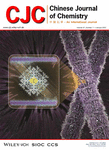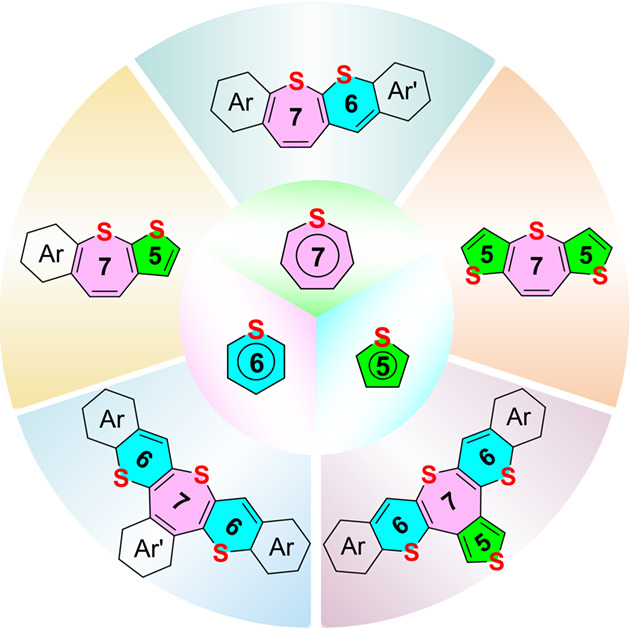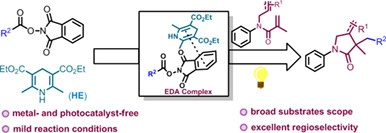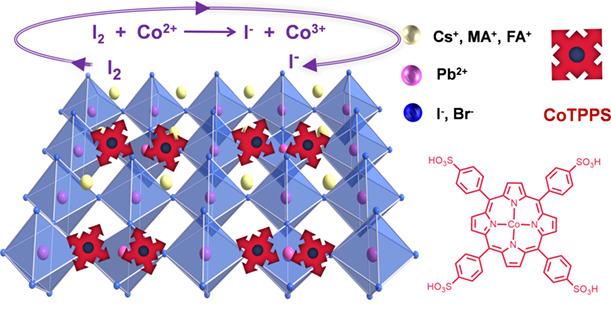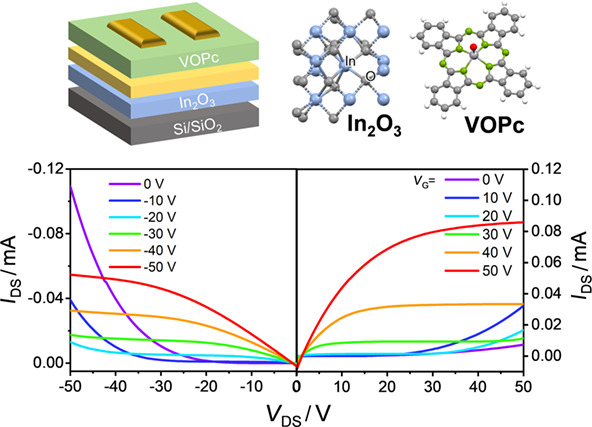Journal list menu
Export Citations
Download PDFs
Cover Picture
Cover Picture
- Page: 1
- First Published: 01 December 2022
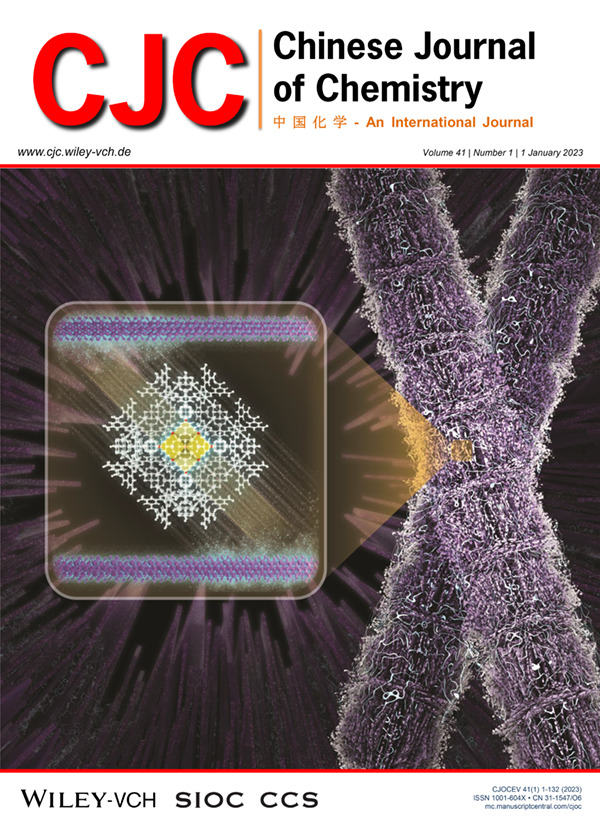
The host-guest CuMo-polyoxometalate-based metal organic framework (POMOF) with copious electrochemically active sites and strong electrochemical redox activities has been effectively coupled with POM-incorporated CoNi-LDH to develop a nanocomposite (NENU-5@CoNi-LDH) by simple solvothermal method. The designed electrode shows a high specific capacity of 333.61 mAh·g–1 at 1 A·g–1. More details are discussed in the article by Zhang et al. on page 75—82.
Inside Cover Picture
Inside Cover Picture
- Page: 2
- First Published: 01 December 2022
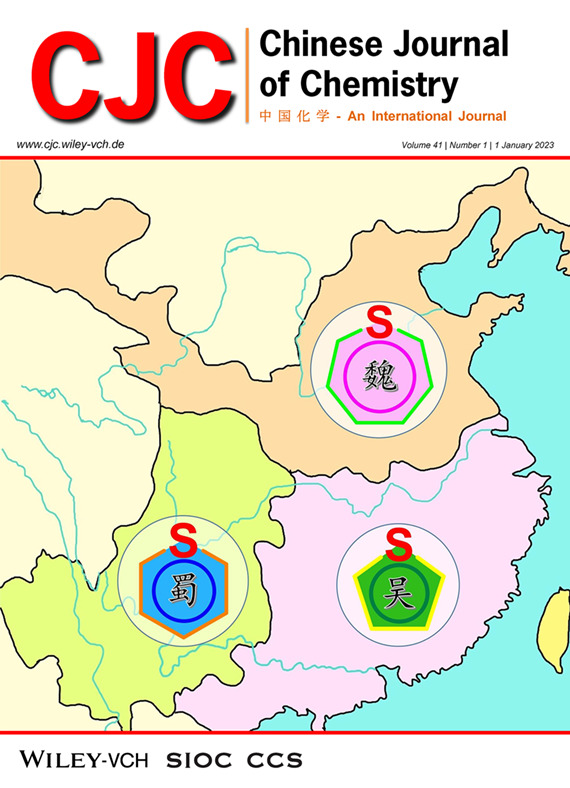
The cover picture shows a facile synthetic methodology towards S-fused multi-membered polycyclic heterocycles containing five-membered thiophene, six-membered thiopyran, and seven-membered thiepine. A construction strategy for thermally stable thiepine derivatives is thus established. More details are discussed in the article by Zhou et al. on page 13—20.
Editorial
Contents
Concise Reports
Facile Synthesis of S-Fused Multi-Membered Polycyclic Heterocycles: A Construction Strategy towards Thermally Stable Thiepine Derivatives
- Pages: 13-20
- First Published: 20 September 2022
An Enantioselective Approach to Heteroatom-Containing Bicyclic Derivatives via Inverse-Electron-Demand Diels−Alder Reactions
- Pages: 21-26
- First Published: 24 September 2022
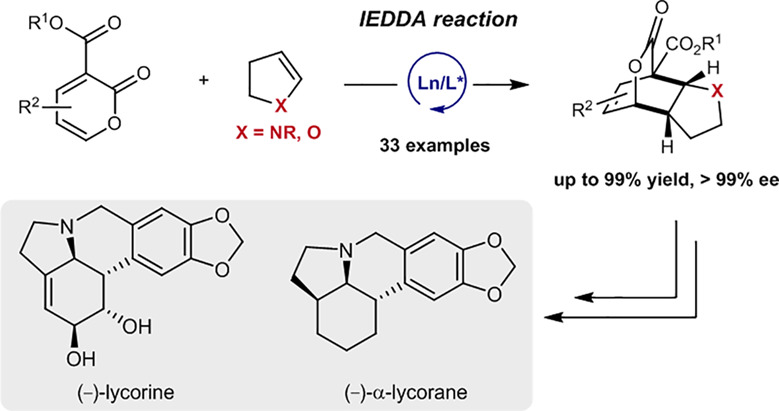
Catalytic asymmetric inverse-electron-demand Diels–Alder reactions of 2-pyrone with dihydropyrroles and dihyrofurans have been realized. These methods provide a unified synthetic platform for densely functionalized cis-hydroindoles and cis-hydrobenzofurans with excellent yields and enantioselectivities. Furthermore, enantioselective synthesis of (–)-α-lycorane and (–)-lycorine has been accomplished.
Design and Application of m-Hydroxybenzyl Alcohols in Regioselective (3 + 3) Cycloadditions of 2-Indolymethanols†
- Pages: 27-36
- First Published: 15 September 2022

A new class of m-hydroxybenzyl alcohols has been designed as competent three-carbon building blocks and achieved their application in 2-indolylmethanol-involved regioselective (3 + 3) cycloadditions under the catalysis of Brønsted acids. By this appoach, a series of indole-fused six-membered cycloadducts have been synthesized in overall good yields (up to 98%) with excellent regioselectivity (all >95: 5 rr), thus affording a powerful method for the construction of indole-fused six-membered rings. Moreover, a catalytic asymmetric version of this (3 + 3) cycloaddition has been preliminarily investigated, which revealed the potential of the reaction for constructing chiral indole-fused six-membered rings in an enantioselective manner.
Photo-triggered Intramolecular Radical Tandem Regioselective Alkylation/Cyclization of 1,6-Dienes with Redox-Active Esters Enabled by an EDA Complex
- Pages: 37-42
- First Published: 12 September 2022
Targeted Management of Perovskite Film by Co(II) Sulfophenyl Porphyrin for Efficient and Stable Solar Cells†
- Pages: 43-49
- First Published: 19 September 2022
Construction of a High-Quality Organic-Inorganic Hybrid Heterostructure and Its Photo-response Performance
- Pages: 50-56
- First Published: 26 September 2022
Light-Harvesting Artificial Cells for the Generation of ATP and NADPH†
- Pages: 57-63
- First Published: 30 September 2022
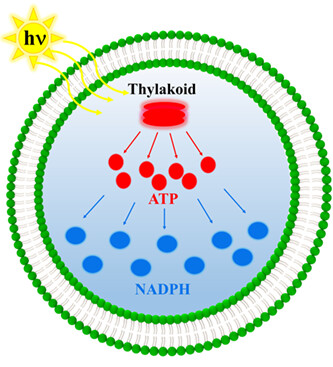
Self-powered artificial cells were developed by encapsulating thylakoids, which continuously convert light energy into chemical energy to produce ATP molecules under illumination. The production of ATP supplies energy for the biological enzyme cascade reactions to promote the generation of NADPH. The self-powered artificial cells were demonstrated to generate ATP and NADPH inside GUVs.
Comprehensive Reports
Co-Ni Electromagnetic Coupling in Hollow Mo2C/NC Sphere for Enhancing Electromagnetic Wave Absorbing Performance†
- Pages: 64-74
- First Published: 27 September 2022

A hollow CoNi-bimetallic doped molybdenum carbide sphere (H-CoNi@MoC/NC) through a two-step etching and calcination strategy was assembled. The superior absorption of minimum reflection loss (RLmin) of –60.05 dB at 7.2 GHz with the thickness of 3.1 mm and a wide effective adsorption bandwidth (EAB) of 3.52 GHz at the thickness of 2.5 mm were achieved, which was far beyond the reported MoC-based metallic hybrids. The crucial synergistic Co-Ni electromagnetic coupling effect in the composite was characterized, not only enhancing the dipolar/interfacial polarization, but also promoting the impedance matching, displaying the optimized EW absorbing performance.
Polyoxometalate-Incorporated Host-Guest Framework Derived Layered Double Hydroxide Composites for High-Performance Hybrid Supercapacitor†
- Pages: 75-82
- First Published: 15 September 2022
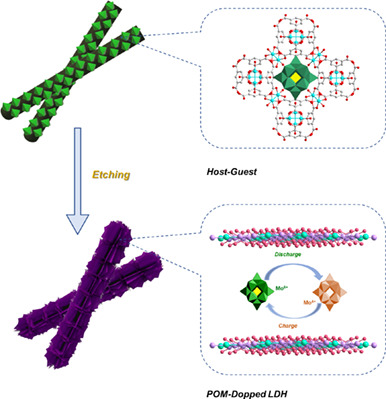
The Host-Guest model of Mo-POM encapsulated Cu-MOF was employed to construct high-performance Mo-POM dopped Cu-CoNi-LDH electrode material, showing a high specific capacitance of 333.61 mAh·g–1 at 1 A·g–1. In a hybrid symmetric supercapacitor device, high energy density of 80.8 Wh·kg–1 at a power density of 750.7 W·kg–1 was observed.
Potassium Acetate/18-Crown-6 Pair: Robust and Versatile Catalyst for Synthesis of Polyols from Ring-Opening Copolymerization of Epoxides and Cyclic Anhydrides†
- Pages: 83-92
- First Published: 30 September 2022
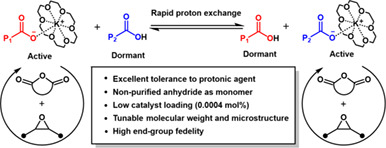
We demonstrated that potassium acetate (KOAc) and 18-crown-6 (18-C-6) combination has great potential in synthesis of diverse polyester polyols with controllable molecular weight and high-end group fidelity. The stong affinity of 18-C-6 with potassium cation will decrease the Coulombic interaction between the active chain end and counter cation, and thus lead to a repid proton transfer between the active and dormant chains.
Recent Advances
Precise and Controllable Assembly of Block Copolymers†
- Pages: 93-110
- First Published: 19 September 2022
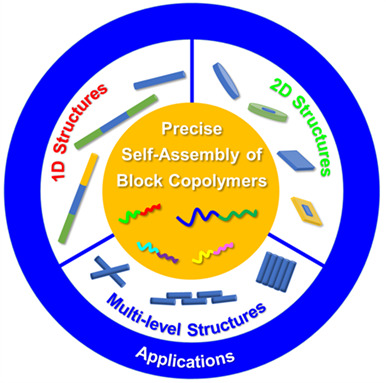
Self-assembly to form nanostructures via non-covalent interactions has captured the interests from scientists, exploring the mechanism and functions. This review summarized the main progress in the field of precise controllable self-assembly in the last five years, including the in-depth understanding of the assembly method, the extension of this method to two-dimensional nanostructures, the use of this method to fabricate hierarchical structures, and potential applications of these well-defined nanostructures.
Critical Review
Piezoelectrically Mediated Reactions: From Catalytic Reactions to Organic Transformations
- Pages: 111-128
- First Published: 13 September 2022
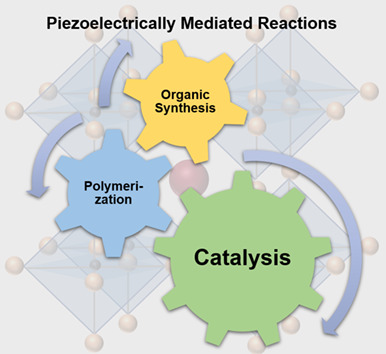
In this review, we summarized the recent progress in piezoelectrically mediated chemical reactions from catalytic water splitting to polymerization and organic synthesis. The effects of vibration conditions, solvents, and piezoelectric materials on the reaction are carefully discussed. We believe that this review will provide new insights into the mechanisms of the piezoelectrically mediated electron transfer process and offer new opportunities in a variety of applications.
Inside Back Cover
Inside Back Cover
- Page: 131
- First Published: 01 December 2022
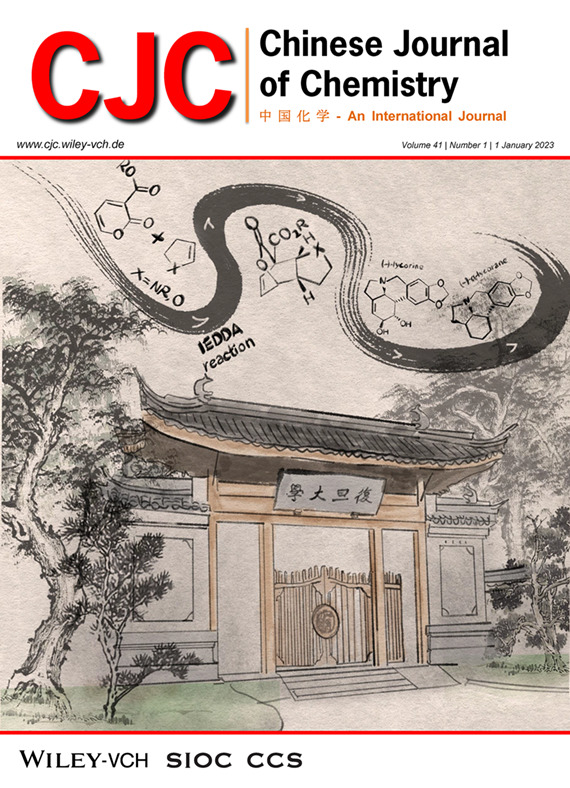
The inside back cover picture depicts the inverse-electron-demand Diels–Alder reactions of 2-pyrones with various readily available dihydropyrroles and dihydrofurans. By the catalysis of lanthanide salts, these reactions occur with high yields and enantioselectivities, thus providing a step-economical synthetic platform for densely functionalized cis-hydroindoles and cis-hydrobenzofurans. The synthetic utility of this approach is demonstrated by the concise synthesis of (–)-α-lycorane and (–)-lycorine alkaloids. More details are discussed in the article by Cai et al. on page 21—26.
Back Cover
Back Cover
- Page: 132
- First Published: 01 December 2022

Efficient synthesis of polyester polyols with tunable molecular weight and microstructures from cyclic anhydride/epoxide mixtures by taking advantage of chain transfer reaction remains a great challenge. Dou et al. demonstrated that potassium acetate and 18-crown-6 combinations have great potential in synthesis of diverse polyester polyols with controllable molecular weight and high-end group fidelity. Polyester polyols could be efficiently prepared in laboratory by using commercially available cyclic anhydride without further purification with an extremely low catalyst loading. This binary catalyst can also promote the self-switchable copolymerization of cyclic anhydride/epoxide/cyclic ester mixtures. More details are discussed in the article by Wang et al. on page 83—92.




